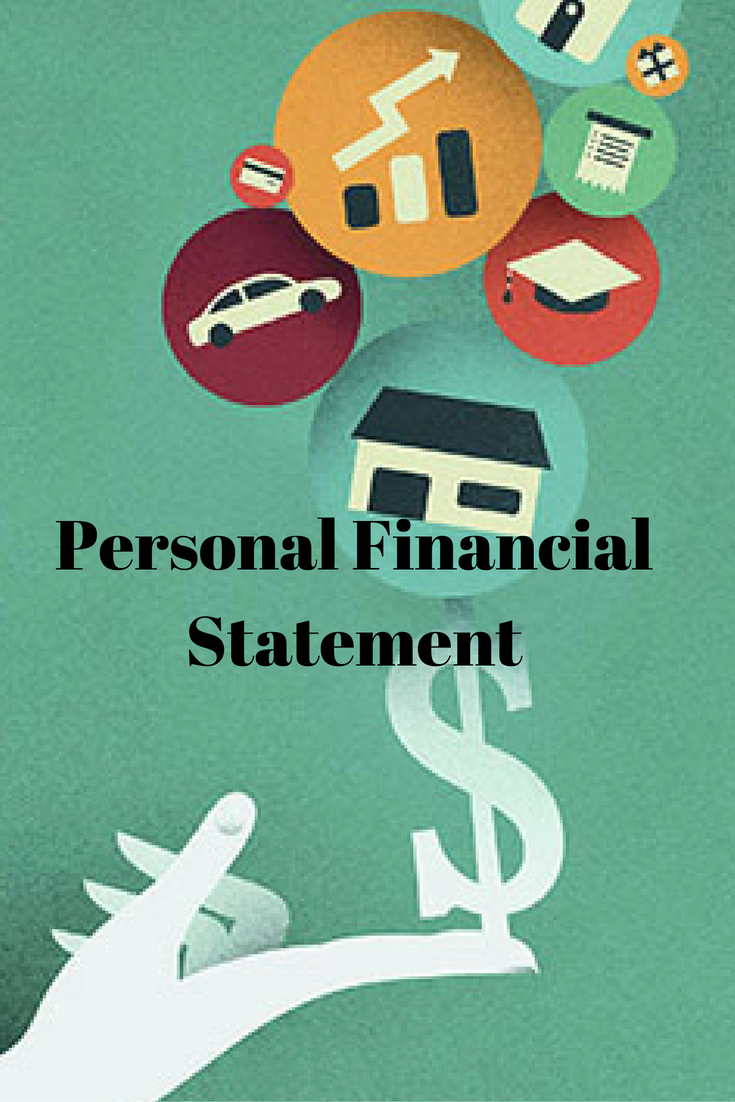Sometimes, money is just hard. There’s this saying in personal finance: “There’s no right answer. Personal finance is personal.” While there are rules and things that are generally agreed upon my personal finances experts, your life, your context, and your goals are unique to, well, you. Here’s one thing we can agree on, though: Setting financial goals is important to your financial success. In fact, the lock screen on my phone reminds me of this on a daily basis. It says,
A dream written down becomes a goal.
A goal broken down into steps becomes a plan.
A plan backed by actions makes your dreams come true.
Well, no duh.

If you want to make your financial goals happen. You need a personal investing statement to help you get there. A personal investing statement is a specific plan on how to reach your investment goals. Putting it in writing makes it more likely that I will attain my goals. You can tell that I live this way because I blog about my monthly goals and my weekly goals.
Personal investing statements keep you on track to reach your goals, especially in “worst case” scenarios. Many people are tempted to pull all of their investments out at the first sign that the market might be headed downward. Instead of changing your investment strategy based on emotions (which are often fallible), you have already planned for every possible situation and can react appropriately.
How to write a personal investing statement:
Plan for both short-term and long-term goals. Include a timeline of when you want to achieve these goals. Update it as situations arise that would change your investment strategy, such as a birth or death in the family, career change, or other momentous life occasion.
Determine how to allocate your investments and how much risk you’re willing to take. Do you want to invest more aggressively or conservatively? Experts suggest you should invest more aggressively when you’re young. Scott Alan Turner of the Financial Rockstar podcast suggests taking your age from the number 110 to figure out a good allocation strategy across stocks and bonds. For example, I am twenty-three; 110-23 = 87, so I want to be invest 87% in stocks and 13% in bonds. Do you want to invest solely in mutual funds or do you want to branch into rental properties as well?
Determine what your values are. Some investors choose to invest solely in American investments, while others choose to invest in the global market. There are similar dilemmas around company’s that have ecologically friendly policies, among other controversial features. That’s something that your investment advisor (or you, if you are self-advising) need to be aware of when looking at potential investments.
Just start writing! This will give you someplace to start! Even if your Personal Investing Statement isn’t perfect, getting started is the biggest part of the battle. You can and should refine over time as your financial priorities change!
Do you have a personal investing statement?

Emilie is a prolific blogger, and influencer inspiring millennial women to live financially, physically, and professionally fit lives. She writes about overcoming debt, while balancing trying to eat healthy, stay fit, and have a little fun along the way. She is a politics major turned data engineer who graduated from Princeton University in 2015. She currently lives in North Carolina with her college sweetheart Casey who is currently stationed at Fort Bragg. She enjoys eating food, cuddling with her dog, and binge watching HGTV.
Leave a Reply